We left Palas de Rei early, en route to Melide, and we found a cafe open for breakfast.
As we left Palas de Rei we passed a pilgrim statue and an ancient cross – we are clearly on the Way as marked out centuries ago.
Each farm-house we passed had small house-like structures on stilts in their yards. These were Horreos – corn-drying sheds – that are raised on mushroom-shaped legs to keep vermin away from the drying corn cobs. We were told that, as they are a particularly Galician structure, they were protected structures and special permission was required if anyone wanted to pull them down, so they were carefully maintained and kept in regular use.
We managed to see a couple of open ones and confirmed they were for drying corn or maize.
Just outside Casanova we encountered the Deaf Survey Scam – where two people approach, ostensibly deaf, and seeking to conduct a survey campaigning for more rights for disabled people. The object being to get you engrossed in the survey so you don’t realise the other one is picking your pocket or getting into your backpack. We were aware of these scams in Paris, but were surprised to find them out on the hunt for gullible pilgrims this far from a major town. I made it clear we were not interested, but still noted that one brushed up against me and felt for a wristwatch – which I wasn’t wearing. Cheeky devils!
Australia is well known for its love of tourist attractions based on ‘big’ things – a giant sheep in New South Wales, a big pineapple in Queensland and so on – well, this place has a giant scallop shell, symbol of the Camino 😀
Nearby we passed a barn containing a hay cart that could easily have been 300 years old, yet standing ready for the next harvest as it must have done for generations.
The path was well maintained and generally had a good walking surface. In the woods, the trees met overhead forming tunnels.
At Campanilla there stood an ancient cross – another reminder of the centuries of pilgrims in whose footsteps we walked.
This was a hamlet with no store, and looked as though it had been transported like a modern Brigadoon from centuries past.
And there was a Camino refugio sign that looked as though it has been designed by Spanish painter and sculptor Joan Miró. Miró was a Catalan, and made a ceramic sculpture called The Compostella Pilgrim.
At Furelos we passed another ancient cross
before heading into the hamlet where we found a bar with a welcome cafe con leche and tortilla patata.
This place also had an ancient cart – this time piled with huge pumpkins
Soon we encountered the Church of San Pedro – a lovely and simple romanesque church dating from the C14th
And onward over the medieval Magdelena Bridge over the Rio Seco.
Walking into Melide we were struck by the memorial avenue dedicated to pilgrims who had died on the Camino. We see memorials daily to pilgrims who have lost their lives, but the memorial avenue took this to another level. Quite moving, and a salutary reminder that even with all the modern support services, this walk still takes its toll.
There must have been 50 markers along this path dedicated to fallen pilgrims from recent years. And I thought of those, perhaps well-intentioned people who advised on various forums that “Spain is mostly flat” or that “The Camino is an easy walk”. It clearly wasn’t for those whose memorials we passed, nor for the 16 who died on the Camino Frances in 2016. I thought it ironic that the memorial path was right outside a factory dedicated to producing fitness equipment! Perhaps there is a message there?
My response to those who say that ‘Spain is mostly flat’, is that either they must be talking about some other Spain, because it’s not the one I have seen, or perhaps they took the bus. The Camino Frances crosses three mountain ranges, each to an altitude of around 1500m (almost 5,000 feet).
Sure the path may be around a 10% gradient, but the cumulative toll on fatigue is not insignificant. And the path is steep and rocky with loose scree in places, and in other places it is flat and muddy. Moreover, each town is built on top of a hill and the ground undulates on average around 3-500m per day up or down. This is a consequence of the African tectonic plate slowly crashing into the Eurasian tectonic plate, causing uplift and compression. While this is most visible in the Himalayas, it has created a succession of mountain ranges including the Pyrenees and the Massif Centrale in France. So no, Spain is not flat. Not even partly flat. And I blame Africa.
To those who try to encourage people by saying that “walking the Camino is easy”, I say that you are diminishing the effort people make along the Way. Not everyone is an athlete, or a farmer or a mountain goat. Such statements risk setting people up for failure, or for feelings of inadequacy because to them it is not easy. For those who find it so, good luck to you. Just remember, real pilgrims don’t judge other pilgrims.
I also say anyone (within reason) can walk the Camino – but be prepared for tough terrain, and adverse weather, and train hard, perhaps harder than you thought you would need. Find the toughest hills in your neighbourhood and walk them until you are comfortable with them. Give yourself the best chance, by getting the best footwear you can afford; a well-adjusted backpack; and walking poles. Then pack as light as you dare, and then re-pack lighter. And approach it with a tenacious attitude and you’ll give yourself the best chance to get there.
Remember, it is not a race. It is. after all, a pilgrimage – to be savoured, to be undertaken mindfully. If you only have limited holidays to do it, then you can do it in stages, and return later to complete the next stage and the next. If this sounds a bit like a rant, perhaps it is, because it is something I have come to feel strongly about.
Several markers bore a hand-written reminder ‘how is your [heart symbol]?’ I was reminded of my age and wondered if they knew something I didn’t… I checked my pulse – yep still beating, so I guess I’m good for now.
Approaching Melide, we crossed a medieval bridge and headed slowly into town.
It was 26C and with knees playing up, the walk into Melide seemed endlessly uphill. But the old part of town was quite picturesque.
At length, we found a bar that was open and sure enough, we ran into our old friends Dekal and Jack – she from Israel, and he from the UK – so we joined them for a wonderful large Galician shandy – lemon and beer – very refreshing! We stopped for about an hour, chatting and resting, until we had the energy to go into town and find our accommodation. We stayed at a Pension. After an early dinner, I took our washing down to the Albergue across the street – they had both washers and dryers and they didn’t mind us using their coin-operated machines. Then it was time to retire for the night. Buen Camino!
________________________________________
INDEX – If you wish to follow our journey from the start, or jump in to any of the Camino posts,
here is a link to the index page – also found in the navigation bar at the top of this blog
________________________________________
Why not have these posts delivered to your in-box? Just enter your email address and click the ‘subscribe’ button in the left margin, and don’t forget to respond to the confirmation email in your in-box 🙂

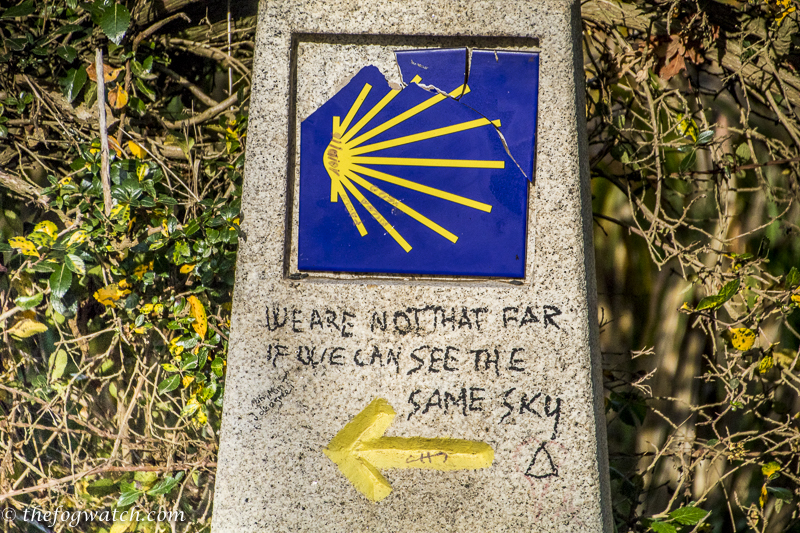
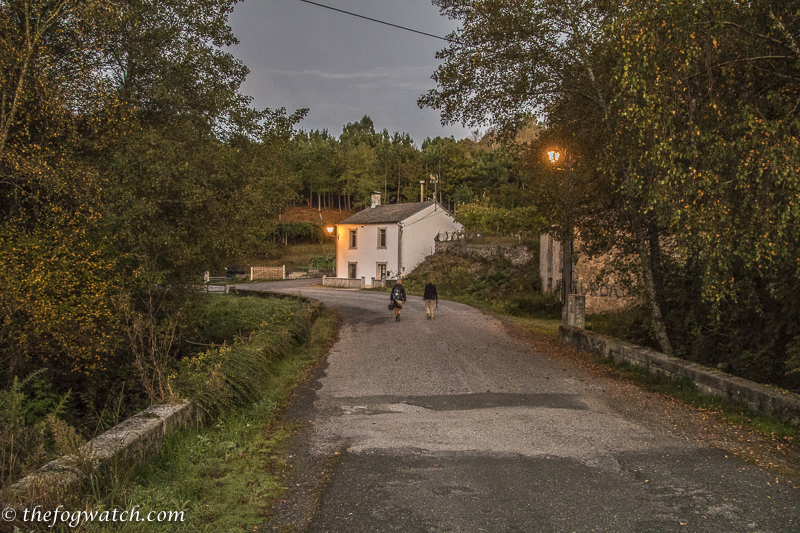
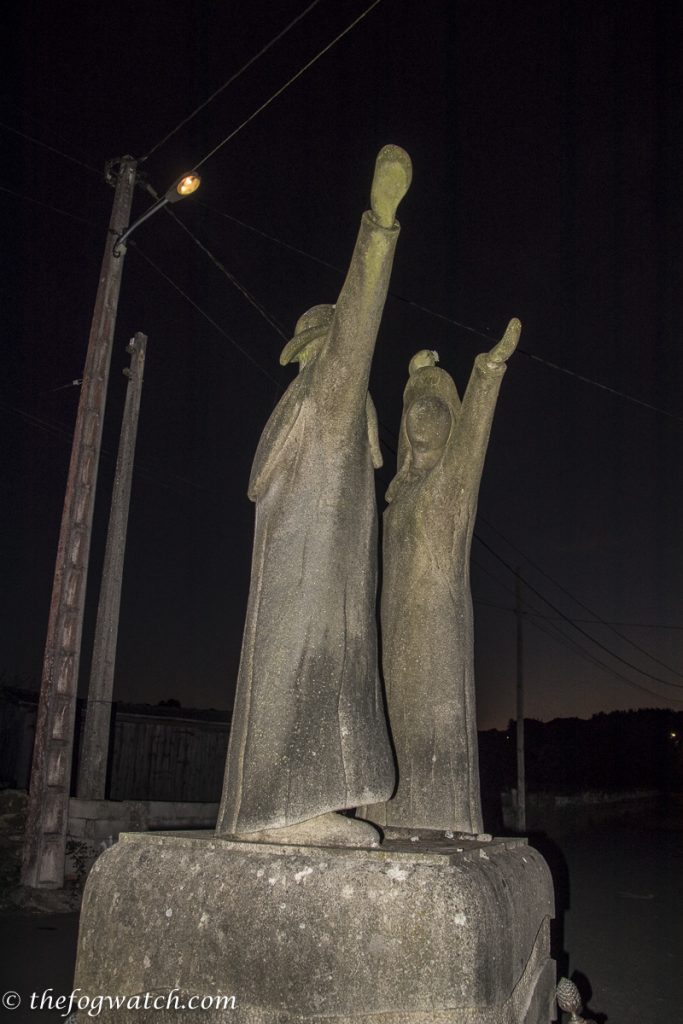
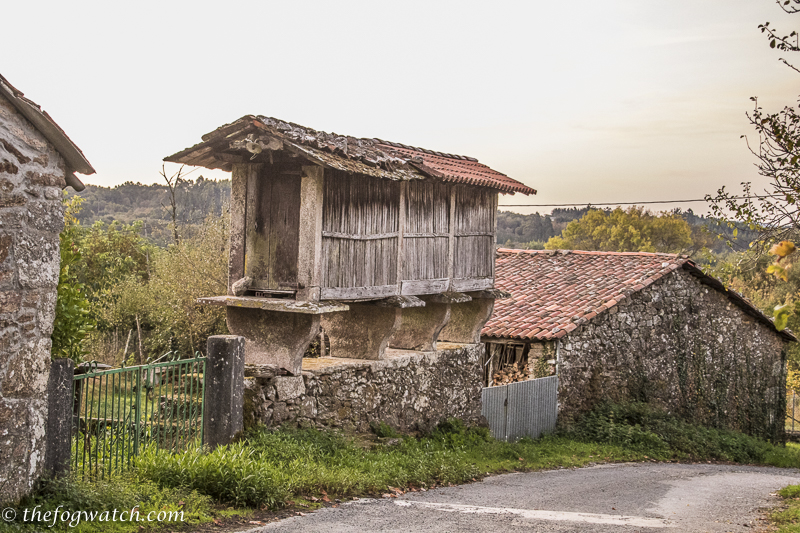
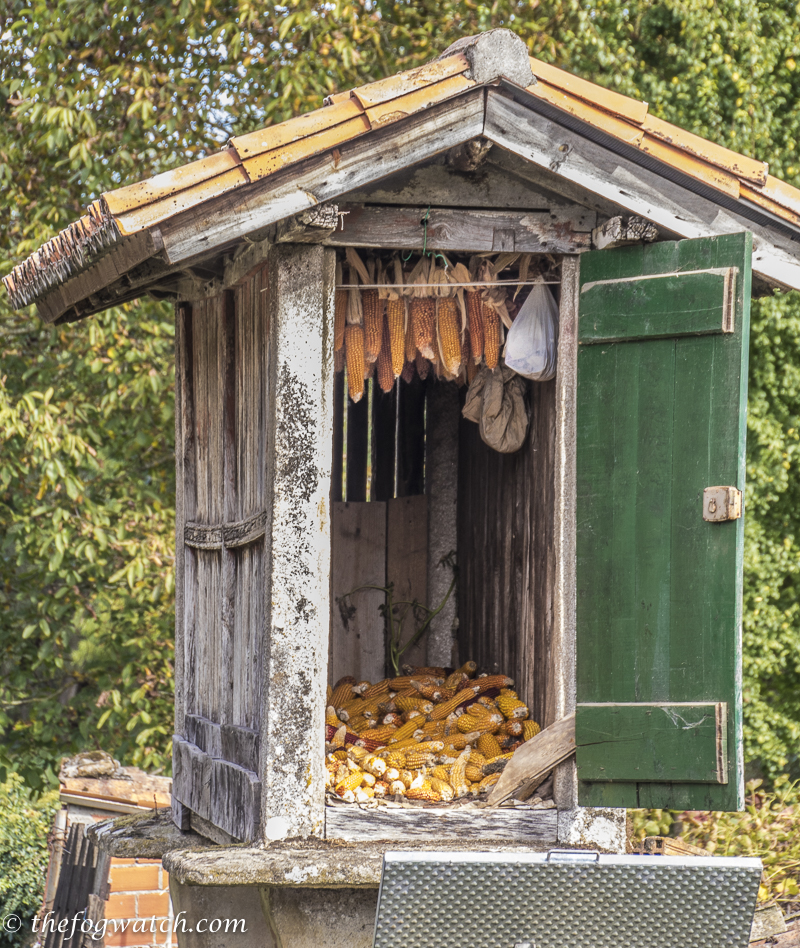
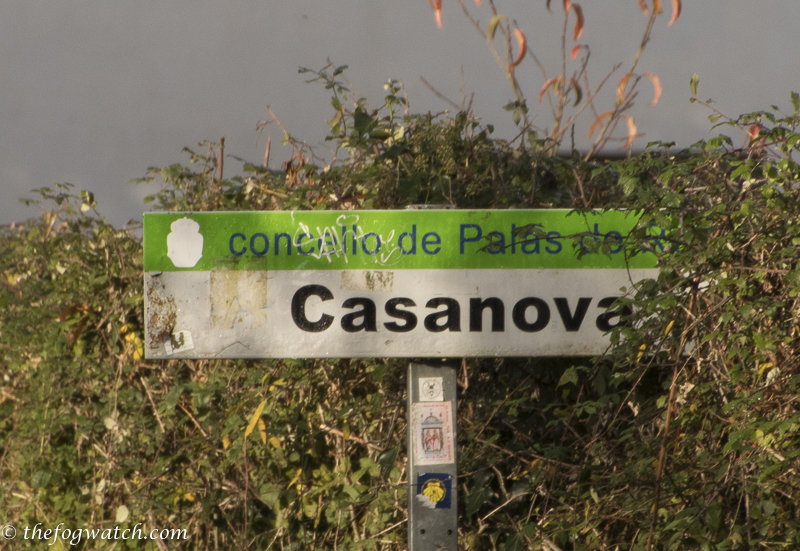
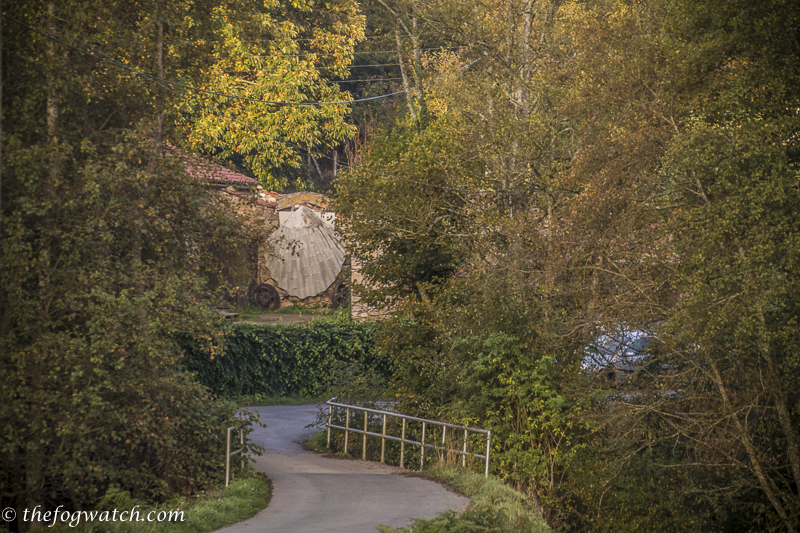
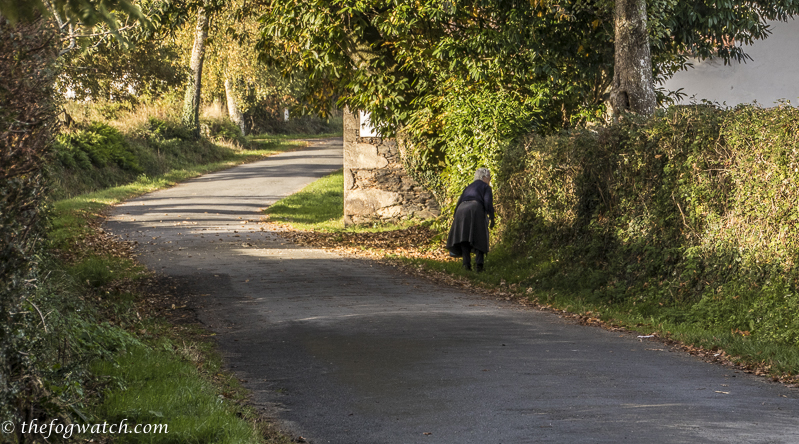

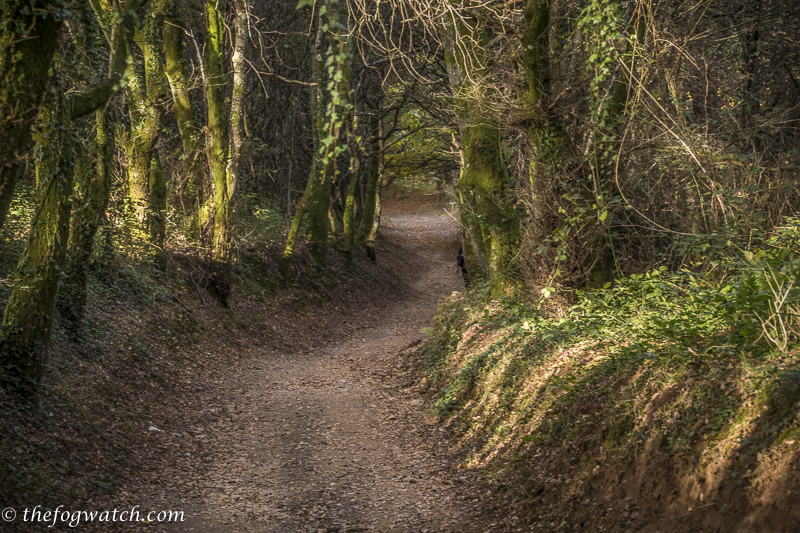
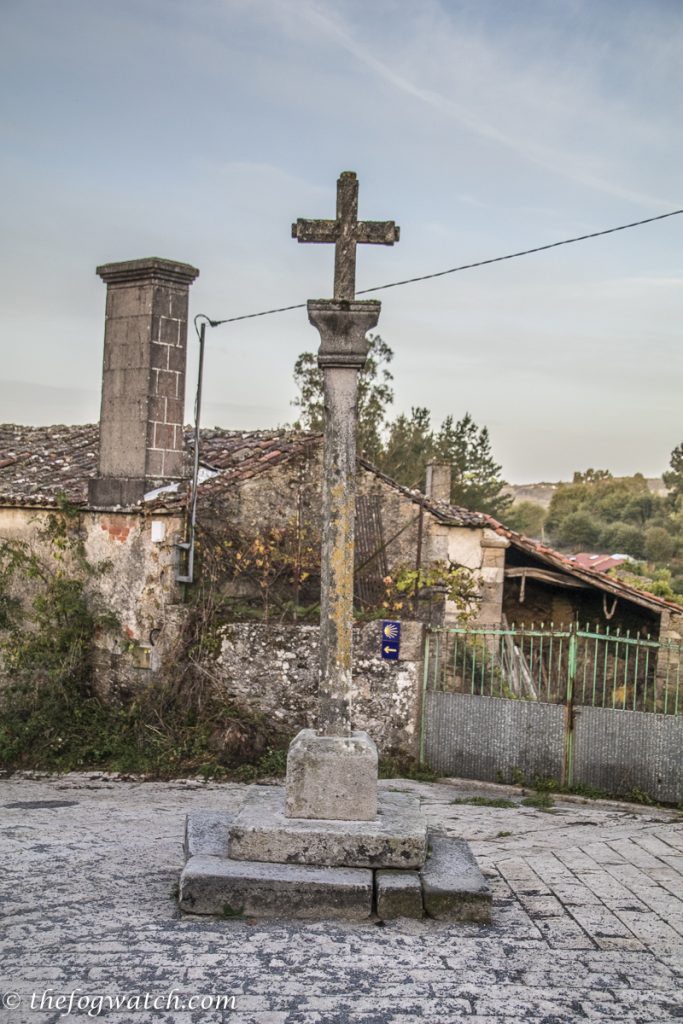
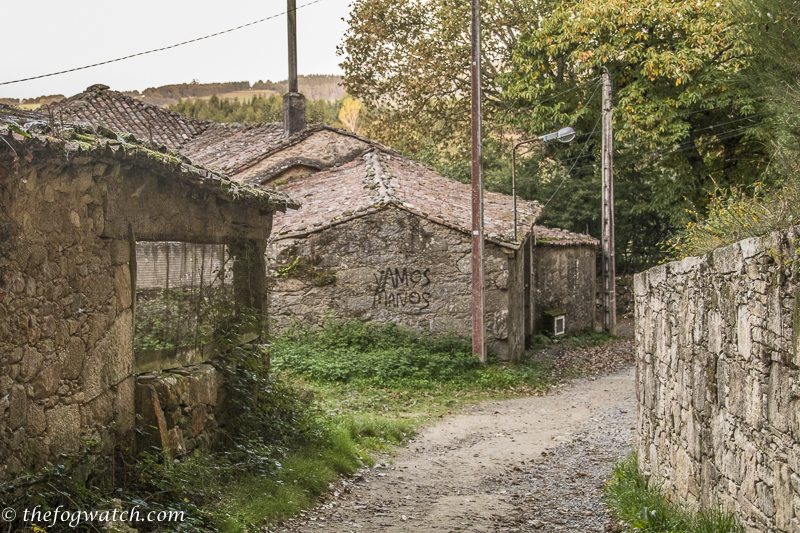
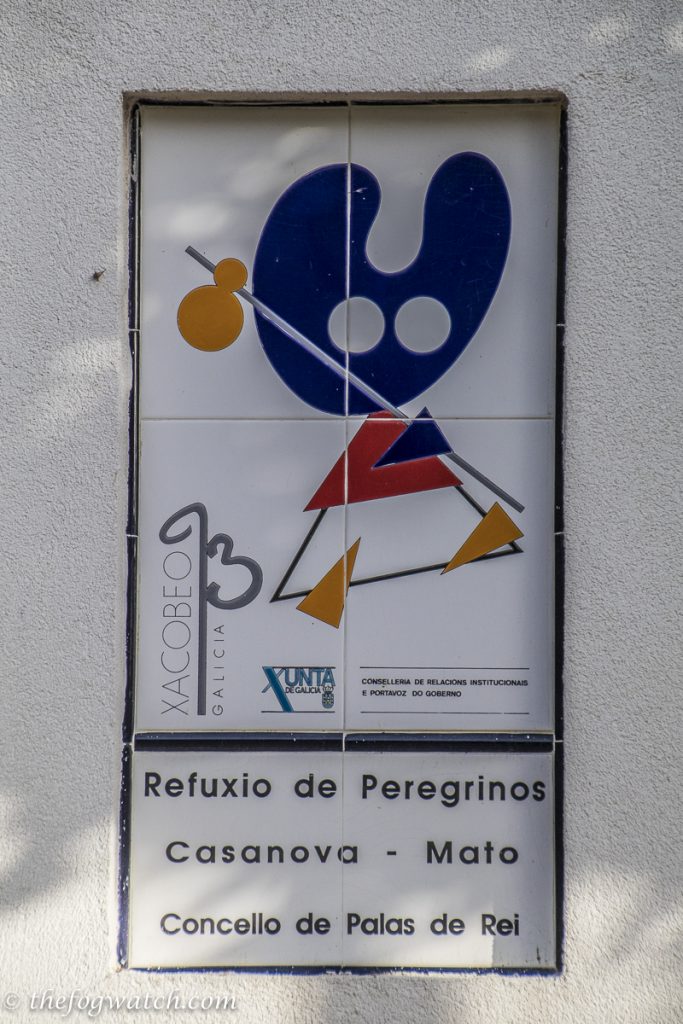
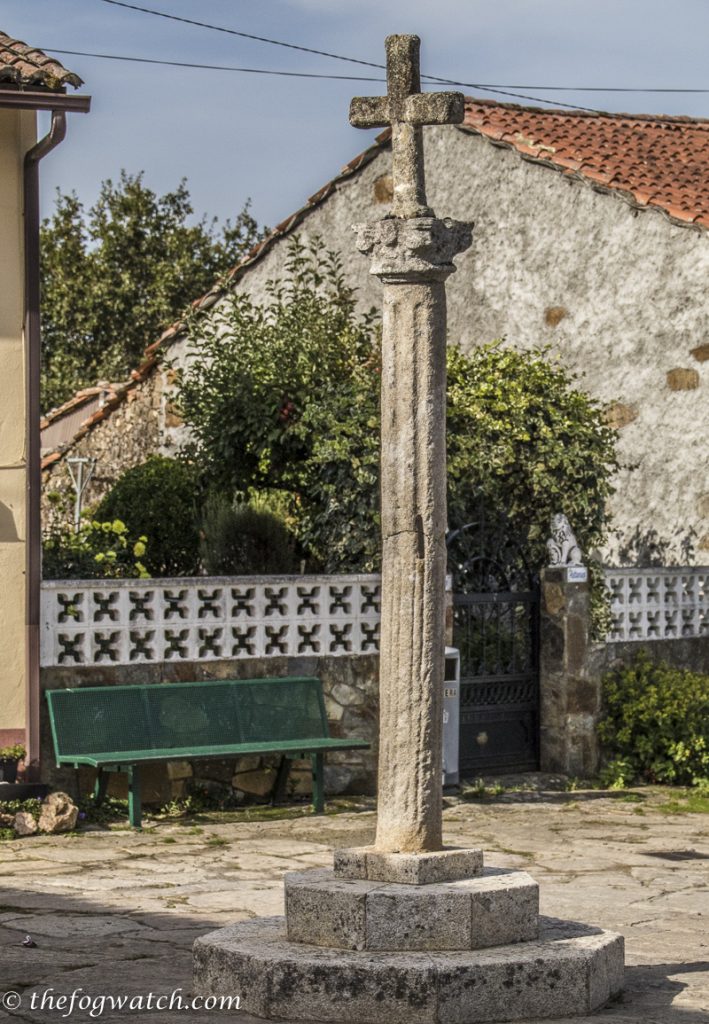
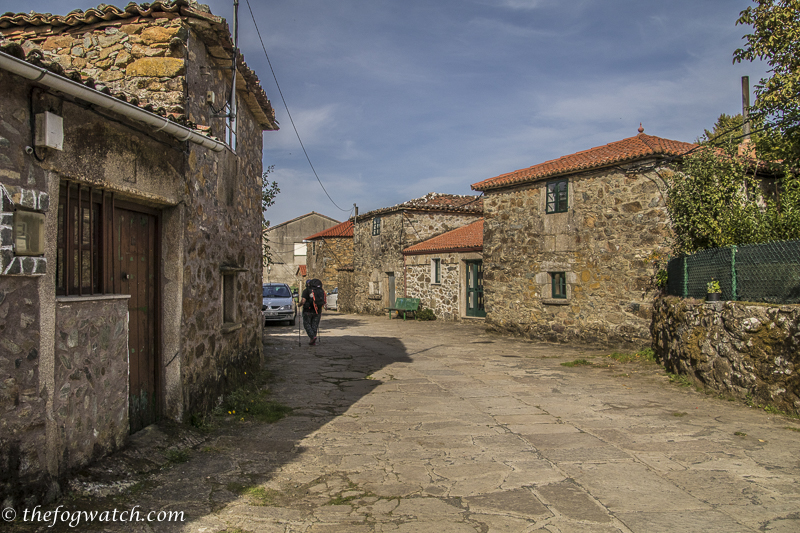
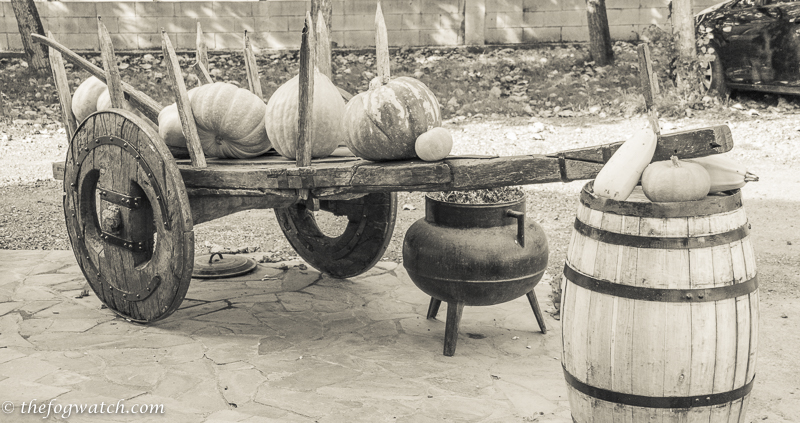
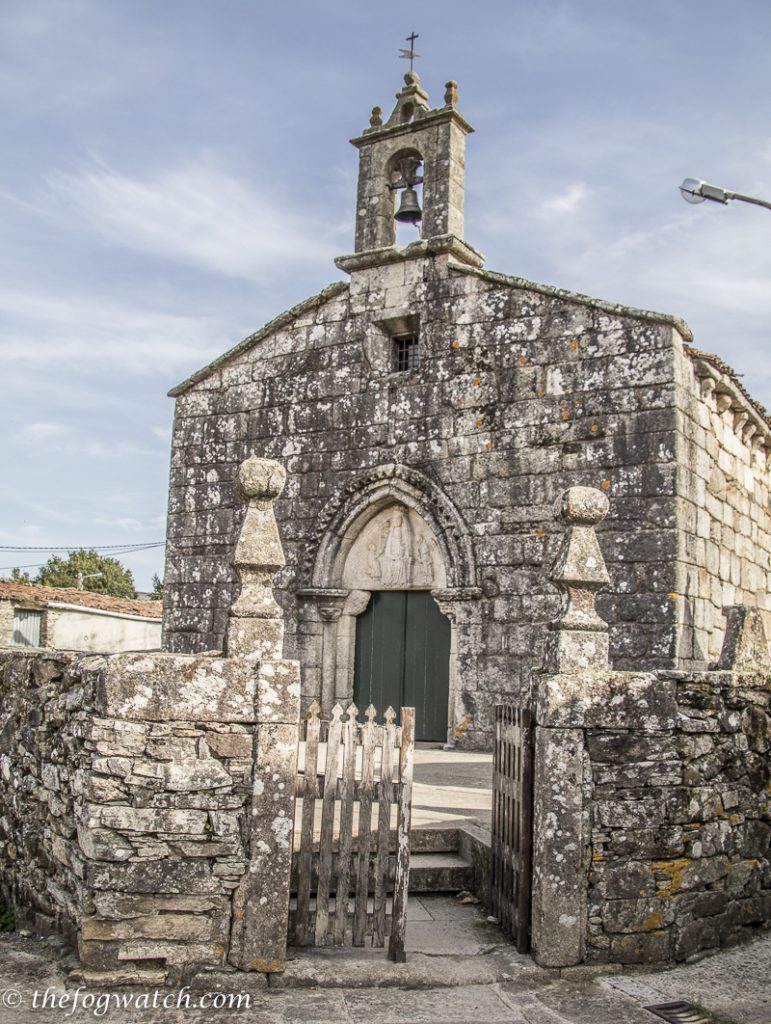


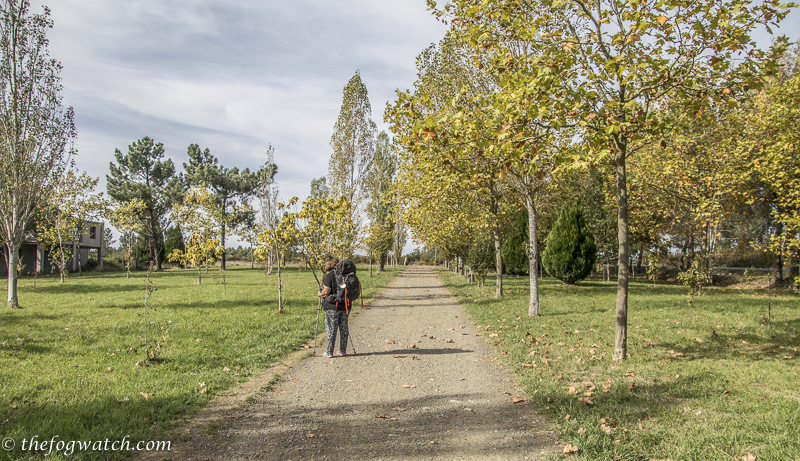
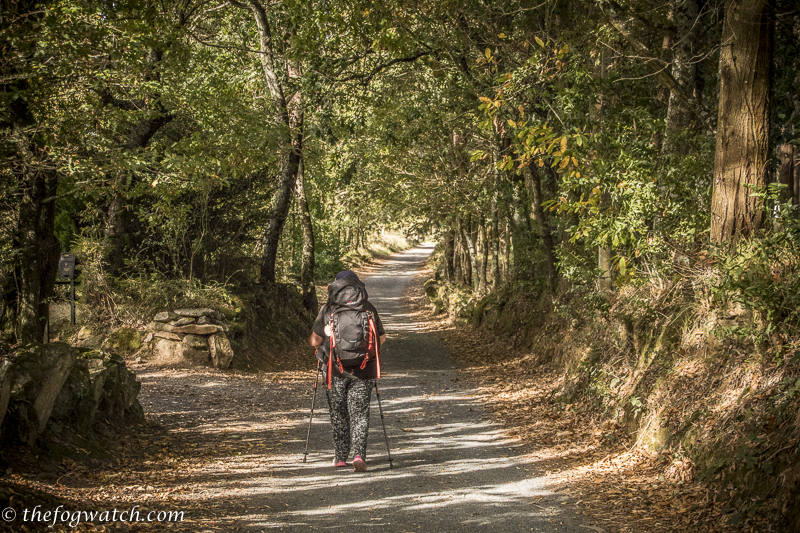
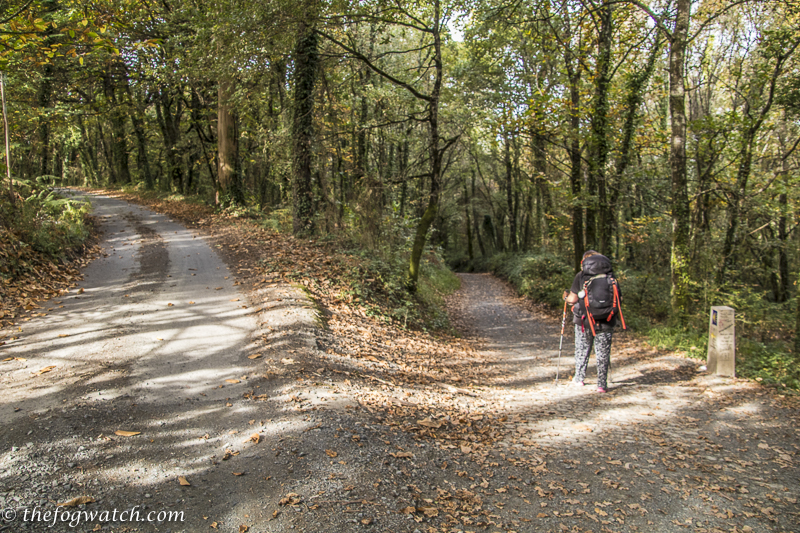
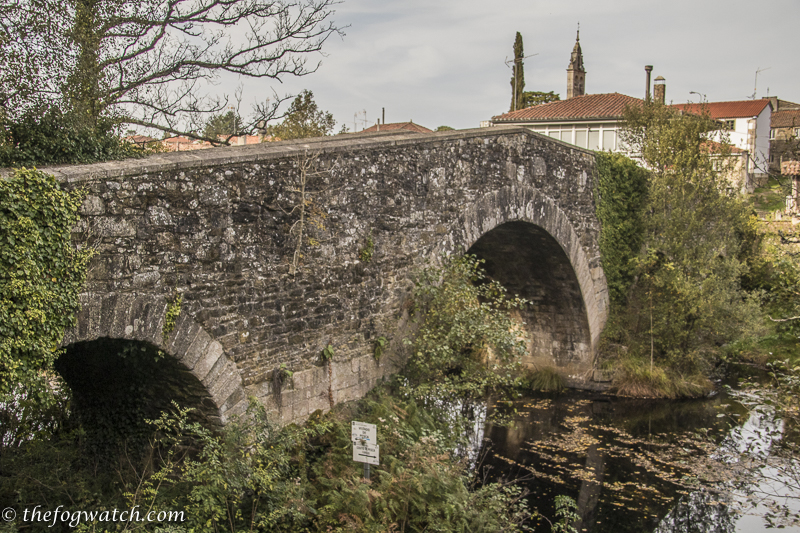

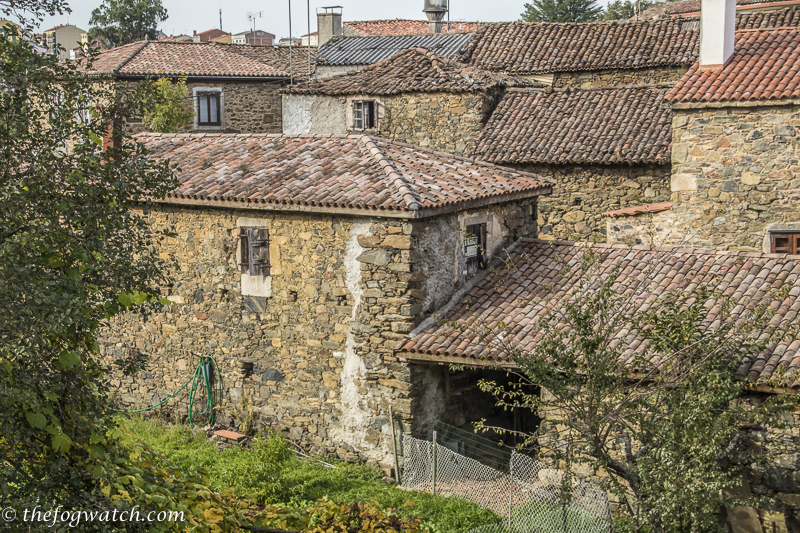
I walked September – October 2016, coming from Florida. I agree with your thoughts about the terrain. With all the reading I had done, I still thought I had two hurdles: the Pyrenees and O’Cebreio. I found the Camino far more difficult than I had anticipated.
And although I scoffed at the idea of ever returning, as 2017 reared its ugly head, I find myself dreaming of a return.
Your chronicles help me remember those things about which I did not write.
Thank you!
Thanks Deborah – looks as though you were walking at the same time as we were 🙂 Yes both of those were challenges, as was the descent from Alto del Perdon – loose scree for about 3kms into Zubiri. The Camino is not easy, despite what some people would have us believe – the fact that 16 pilgrims died on the Camino last year is testament to that. And the attraction is there – we will be returning to walk from Le Puy next year 🙂 Buen Camino!
Hi Jerrry, wonderful post and beautiful photos. Luckily I did not run into those scammers. You are spot on about emphasizing training to help prepare. And I agree with your thoughts on savoring your camino journey. I can really appreciate that thought even more now since I have left the camino and am back home and missing some of those speical moments.
Thanks Kathy! Yes, I’m so pleased we took the pace we did, and stopped to take so many photos. In reviewing them for the blog posts the photos take me straight back there. Wonderful experience. Some people seem to rush through, focussing on how many kms they did each day, and I think they miss out a lot of what the Camino has to offer.
And that answers my question Even so, loving your journey. I’m going to keep a diary, spend a day and 2 nights in certain towns in order to explore more fully and rest. Photos I plan to take plenty of.
That’s a great way to do it – take your time, walk your own Camino and take time out to explore what each place offers. And there is much to photograph! Buen Camino!
Have just come across your Facebook post about the Camino. The ancient cross at Furelo was where my walking partner waited in the pouring rain for over half an hour for me to catch up with her. Your photos and explanatory words have brought back wonderful memories of our 2015 hike. Thank you. Jeanne
Thanks Jeanne – I hope your partner had a poncho or umbrella! Thanks for sharing your memory 🙂
Jerry,
You have this bit twice “Remember, it is not a race. It is. after all, a pilgrimage – to be savoured, to be undertaken mindfully. If you only have limited holidays to do it, then you can do it in stages, and return later to complete the next stage and the next. If this sounds a bit like a rant, perhaps it is, because it is something I have come to feel strongly about.”.
I share the sentiment in your ‘rant’. Pilgrim Judge not!
Cheers
Ashley
Thanks for picking that up Ashley – now amended – the wordpress app does that sometimes if I try to push something down to a new paragraph, it occasionally copies rather than moves – well spotted!
Yes. Agreed
Thanks Cindy 🙂